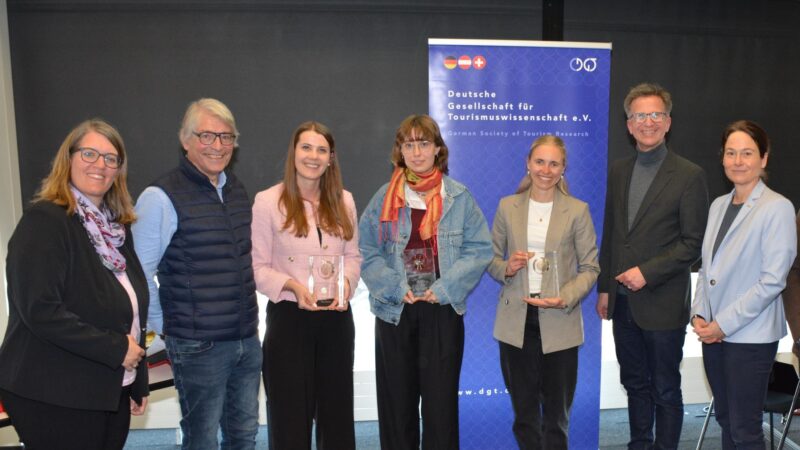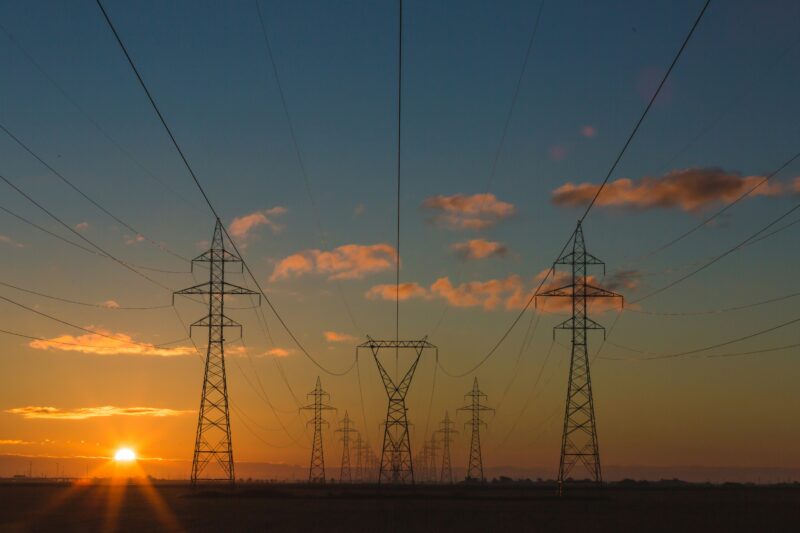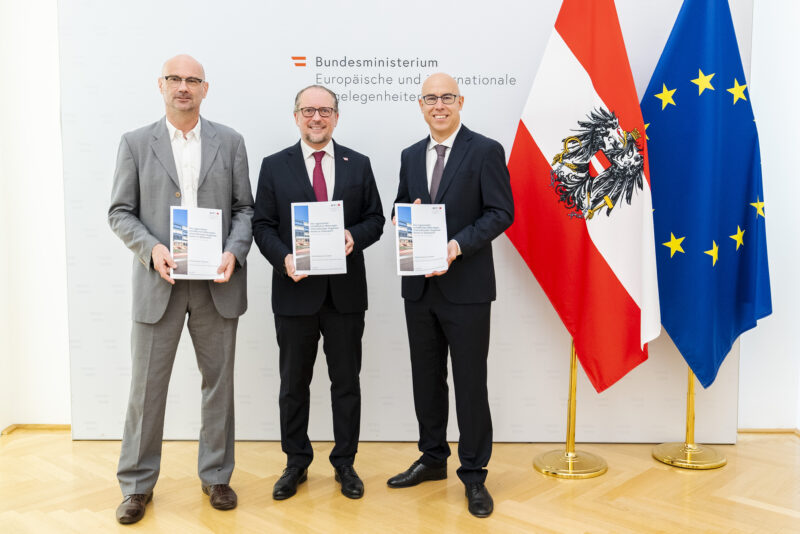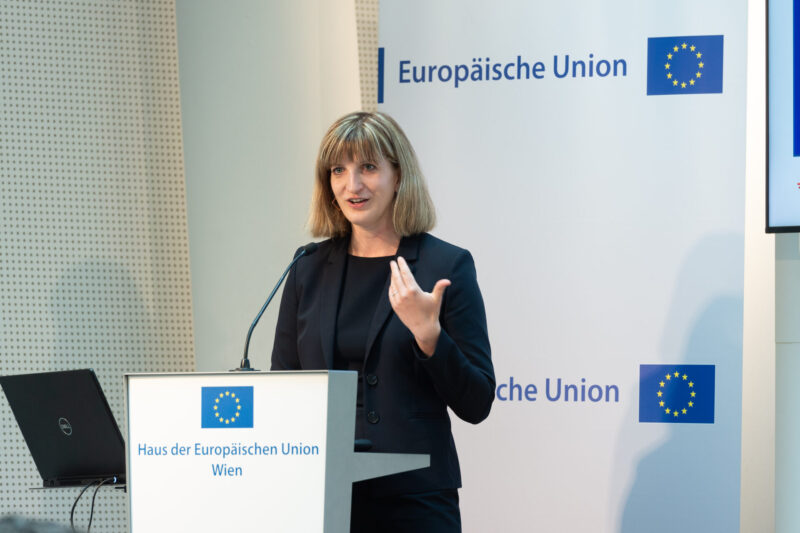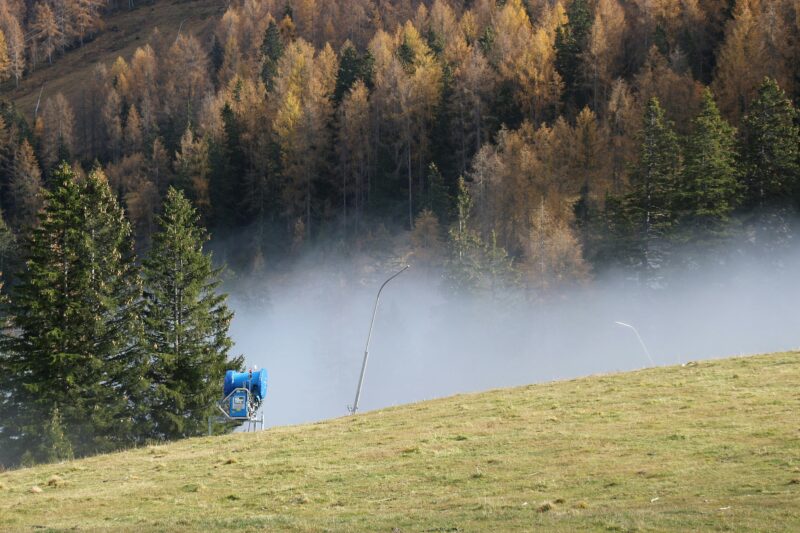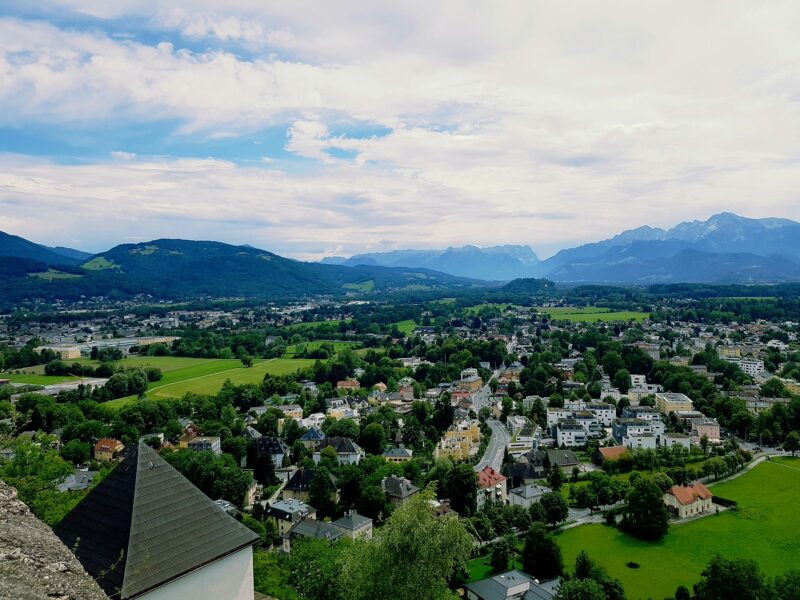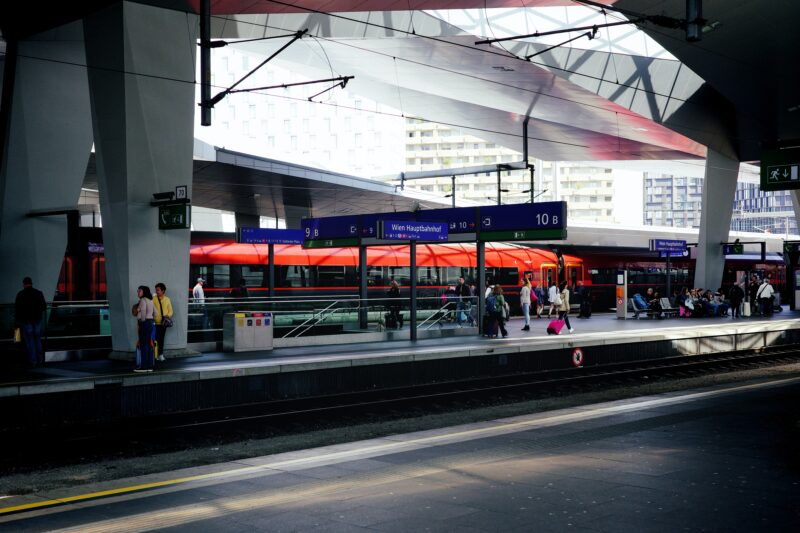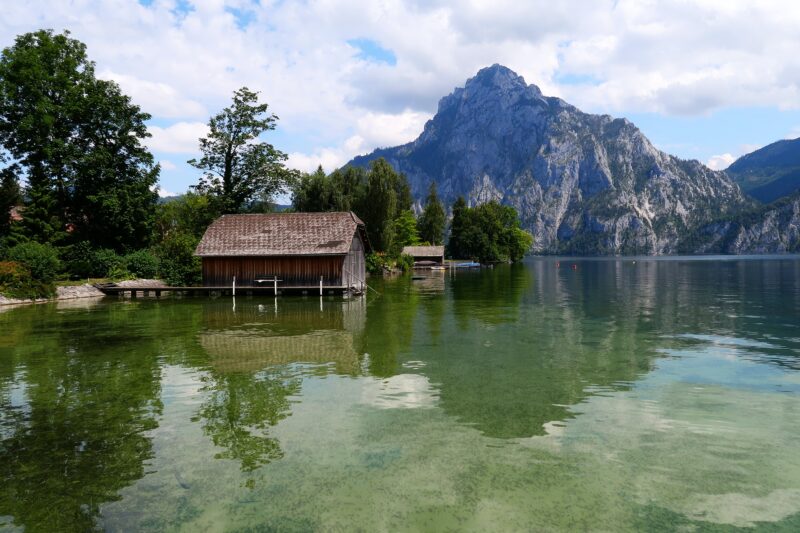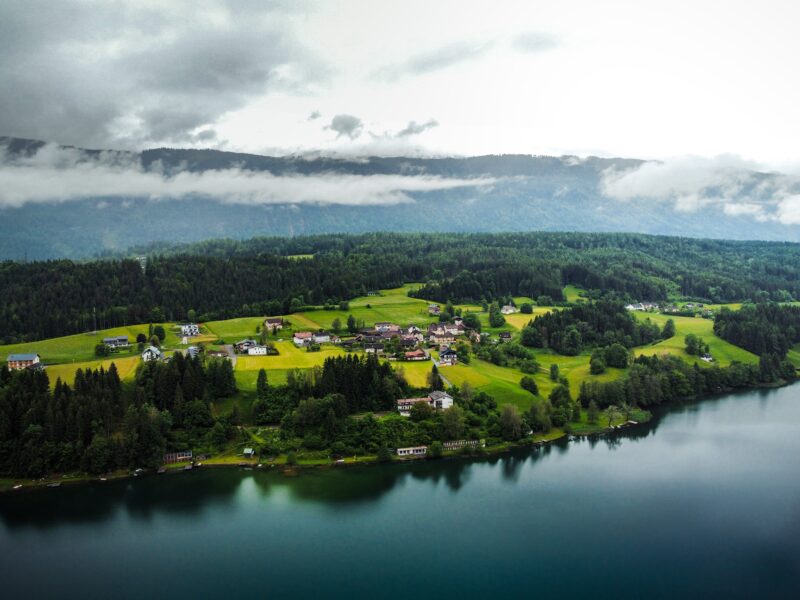
Tourism Analysis: Positive Outlook for the Summer
Real revenue growth is therefore unlikely to keep pace with the dynamic growth in arrivals and overnight stays. As in the recent past, guests will pursue different savings strategies (cheaper accommodation and/or destinations, shorter stays, less consumption during their vacations), which was already apparent in the past summer and winter seasons.
Quality over quantity in tourism
In view of high inflation and price increases, it is more important than ever for the Austrian tourism industry to focus on quality rather than quantity. A wide range of offers, including both higher-priced and lower-priced holiday alternatives, will be crucial. Local experiences, cultural events and regional culinary offerings can help to appeal to different groups of guests and strengthen the local economy at the same time.
Review of the past winter season
Tourism demand in Austria reached record levels in the first five months of the winter season (November 2023 to March 2024) with over 17.6 million arrivals and around 64.5 million overnight stays again. These figures almost match the record levels of the same period in 2018-19, with arrivals up by 8.5 percent and overnight stays by 5.6 percent compared to the previous year. The international tourist segment was significantly more dynamic with a 10.1 percent increase in arrivals and a 6.0 percent increase in overnight stays, while domestic tourism grew by 4.5 percent and 4.1 percent, respectively.
In the current analysis period, the previous record set in 2018/19 with over 64.5 million overnight stays was missed by just 0.2 percent. At over 17.6 million, the number of guest arrivals was already slightly above the pre-pandemic mark.
Despite these positive developments, a sharp rise in prices and an increased propensity to save on the part of guests dampened real income. Turnover in tourism was therefore unable to keep pace with demand in terms of volume. The warm spring temperatures and the resulting shortening of the ski season also played their part.
Calendar effects and their impact
However, special calendar effects, such as the leap day in February 2024 and the early Easter date in March 2024, distort the comparison with previous winter seasons. Adjusted for these effects, the increases this past season are significantly lower: The adjusted values for overnight stays in February and March 2024 therefore result in an increase of just 2.3 percent and a decrease of 12.1 percent respectively. Overall demand from November 2023 to March 2024 would therefore stagnate at the level of 2022-23.
Adjusted for calendar effects, sales growth is also significantly lower: Instead of increasing by 10.2 percent in nominal terms, sales would only rise by 4.8 percent, and in real terms decrease by 2.5 percent instead of increasing at 2.7 percent.
Since the pre-crisis period of 2018-19, revenue in the Austrian tourism industry has increased by almost a fifth, but adjusted for rising prices, this results in losses of 11.7 percent. The growth discrepancy between overnight stays and price-adjusted revenue even widened in the current analysis period.
There were clear differences in sales development (without adjustment for calendar effects) between the federal provinces: Burgenland and Vienna recorded the highest increases in sales, while Salzburg and Lower Austria had the weakest balances.
Mood in the tourism industry
Against the backdrop of this very subdued real sales development, which, in conjunction with rising input and labour costs, is also putting pressure on companies' profits, the economic mood in the tourism industry has recently deteriorated. According to the WIFO business cycle survey on the assessment of the current situation, the balance of positive and negative responses in April was negative again for the first time since February 2022. Although expectations for the future development of the industry are more optimistic, they remain rather subdued.








